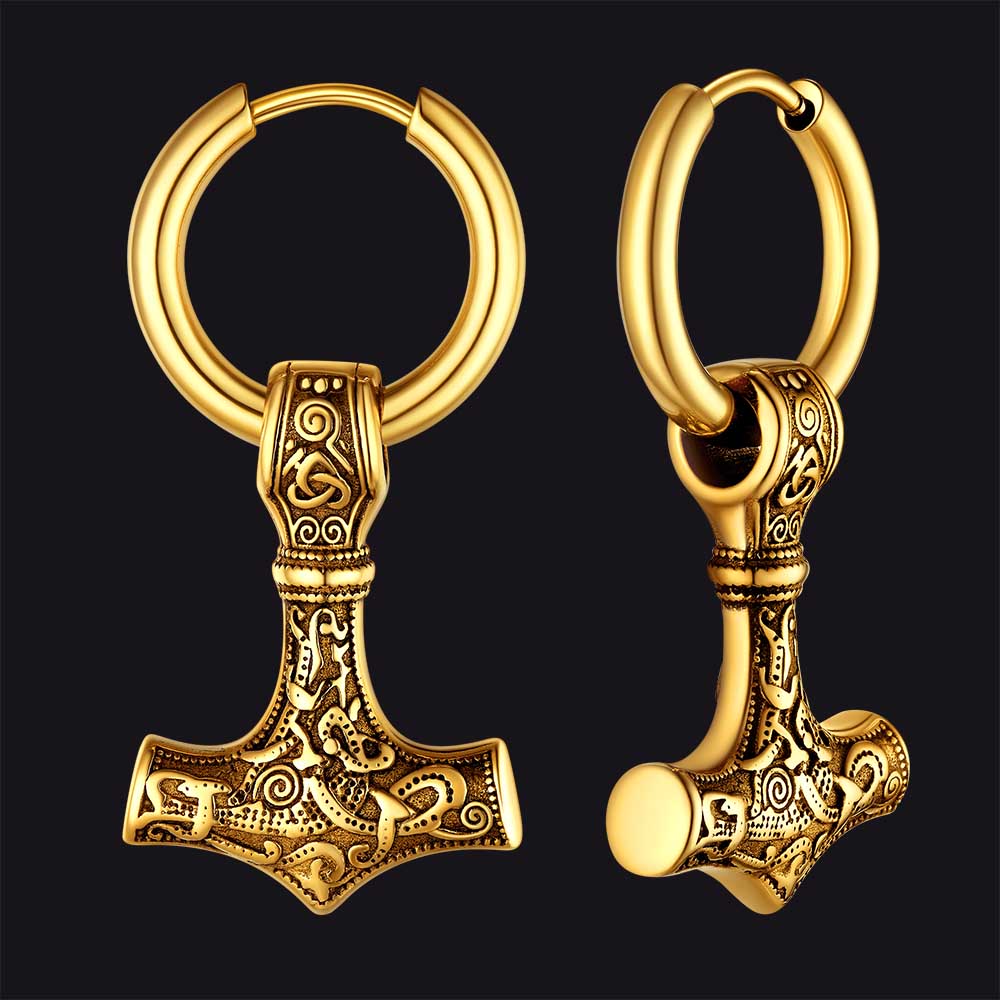Uncover the Secrets of Viking Bracelets: A Journey Through Time and Style!
Viking bracelets are more than just ornamental pieces; they are significant artifacts of Norse culture that tell stories of a bygone era. Crafted meticulously from various materials, these bracelets represent not only the artistry of the Vikings but also their intricate social structures and beliefs. The Viking Age, spanning from 793 to 1066 AD, was a time of exploration, trade, and cultural exchange, during which jewelry-making flourished. The allure of Viking craftsmanship continues to captivate modern audiences, leading to a resurgence of interest in these historical adornments. This article aims to delve into the rich history, cultural significance, and diverse styles of Viking bracelets, uncovering the secrets they hold within their twisted wires and ornate designs.

The Historical Context of Viking Bracelets
The Viking Age marked a transformative period in Scandinavian history, characterized by raiding, trading, and exploration. From the late 8th century to the 11th century, Vikings traveled extensively—from the British Isles to the shores of North America—bringing back influences and materials that shaped their culture. During this time, jewelry-making became a vital craft, reflecting the Vikings' wealth, status, and craftsmanship. Viking bracelets, often worn by both men and women, were not merely decorative but served as important cultural symbols. They were made using techniques passed down through generations, showcasing the community's skills and resources. The social conditions of the era, including the rise of clan structures and the importance of trade, significantly influenced the designs and materials used in these bracelets, making them a vital aspect of Viking identity.
Significance of Viking Bracelets
Viking bracelets held profound symbolism within Norse society, serving multiple purposes beyond adornment. They were often used as barter items in trade, a practice that highlights the economic significance of jewelry in Viking culture. Possessing a beautifully crafted bracelet could elevate one's status within the community, signaling wealth and prestige. Furthermore, many Viking bracelets were imbued with spiritual meanings, featuring symbols associated with Norse mythology and gods. For instance, some bracelets were crafted with protective runes, believed to bring safety and prosperity to the wearer. In personal identity, these accessories reflected an individual's social role and clan affiliation. My friend, who is deeply interested in Viking history, once shared how he felt a connection to his ancestors when he wore a replica Viking bracelet during a historical reenactment. This personal connection illustrates the enduring impact of these artifacts, resonating through centuries.
Styles and Materials of Viking Bracelets
Viking bracelets came in a variety of styles and materials, each with its unique characteristics and purposes. Arm rings were among the most common types, typically made from solid metal, often silver or bronze, and were worn by both genders as symbols of status. Twisted wire bracelets showcased the Vikings' exceptional metalworking skills, with intricate designs formed from twisting and shaping metal strands. Decorative pieces often featured embellishments such as animal motifs or knotwork, reflecting the Vikings' artistic sensibilities. In addition to metal, leather was also a popular material, especially for more casual or everyday wear. The techniques used in creating these bracelets were diverse; some were cast or hammered into shape, while others were meticulously woven or braided. The craftsmanship involved in each piece is a testament to the Vikings' dedication to their art and culture.
Modern Interpretations and Influences
Today, the influence of Viking bracelets can be seen in contemporary jewelry design, as many artisans draw inspiration from Norse motifs and styles. The revival of interest in Norse culture has led to a resurgence of Viking-inspired accessories in modern fashion. From elegant replicas of traditional designs to innovative interpretations that blend ancient techniques with modern aesthetics, Viking bracelets are making a significant comeback. This trend is not just limited to jewelry enthusiasts; many people appreciate these pieces for their historical value and craftsmanship. Personal anecdotes abound, as friends often share their experiences of visiting Viking festivals, where they can purchase handmade Viking-inspired jewelry, feeling a connection to the past while celebrating their heritage. The ongoing fascination with Viking culture ensures that these bracelets will continue to inspire and captivate future generations.
Embracing the Legacy of Viking Bracelets
In summary, Viking bracelets are more than mere accessories; they embody the rich history and cultural significance of Norse society. From their historical context during the Viking Age to their symbolic meanings in trade and status, these bracelets offer a fascinating glimpse into a vibrant culture. The variety of styles and materials used in their creation reflects the Vikings' exceptional craftsmanship and artistry. As modern interpretations of Viking bracelets gain popularity, they serve as a reminder of the enduring legacy of Norse culture. By appreciating the craftsmanship and historical value of these artifacts, we can connect with the past and celebrate the rich tapestry of human expression through art and jewelry.







